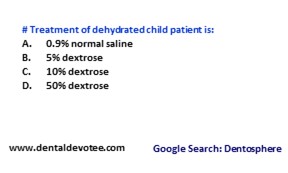# Chronological hypoplasia is:
A. Hypoplasia of local origin
B. Hypoplasia of systemic origin
C. Hypoplasia of hereditary origin
D. None of the above
The correct answer is B. Hypoplasia of systemic origin.
Hypoplasia and hypocalcification may be caused by systemic, local or hereditary factors. Hypoplasia of systemic origin is termed as chronologic hypoplasia, because the lesion is found in the areas of those teeth where the enamel was formed during the systemic disturbance.







